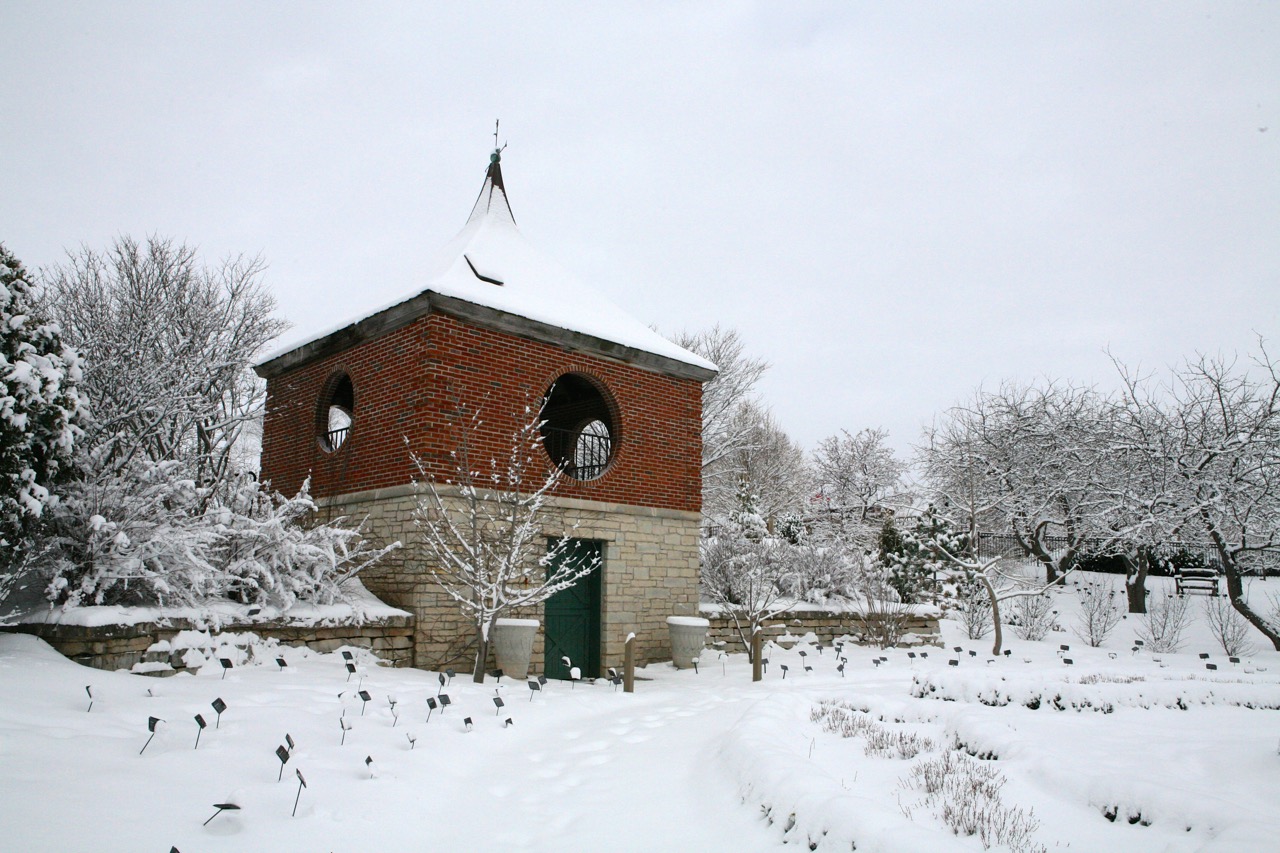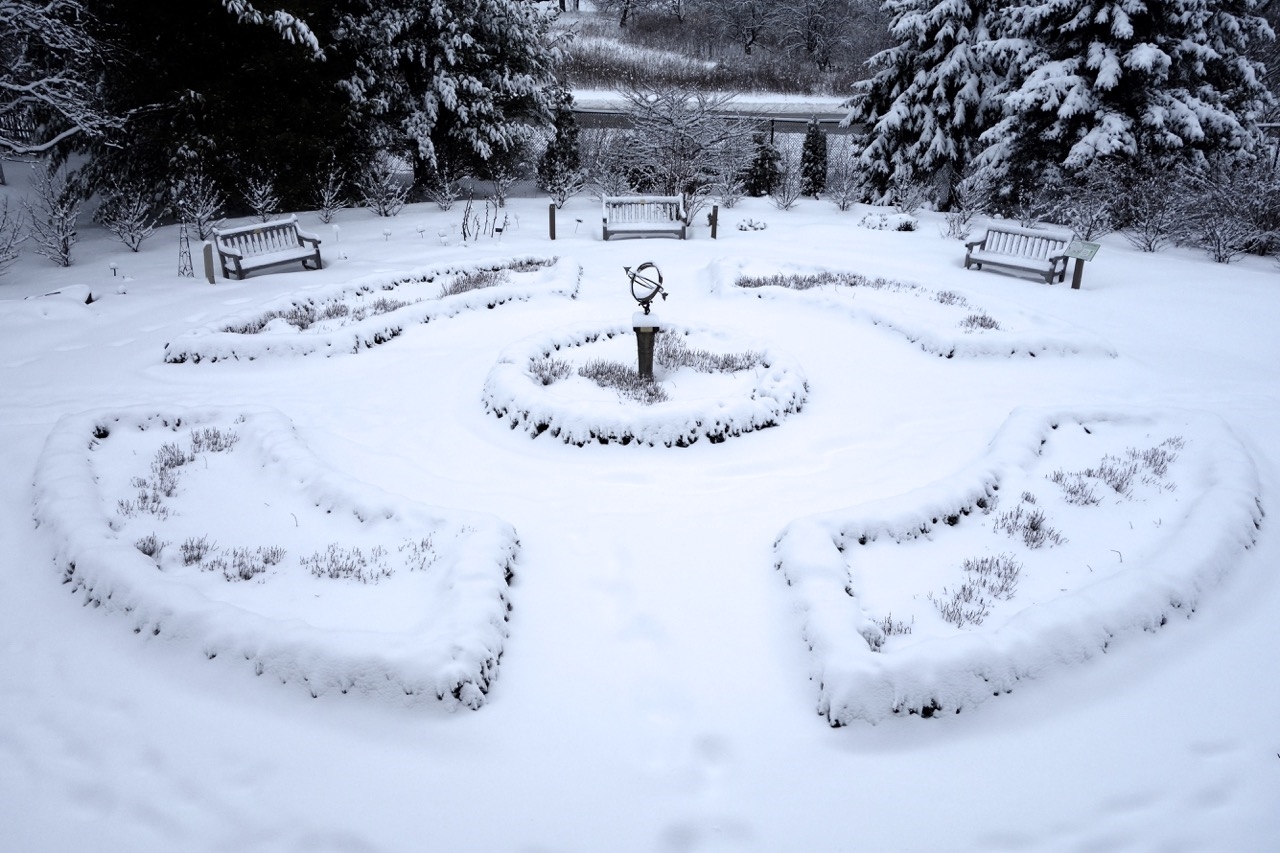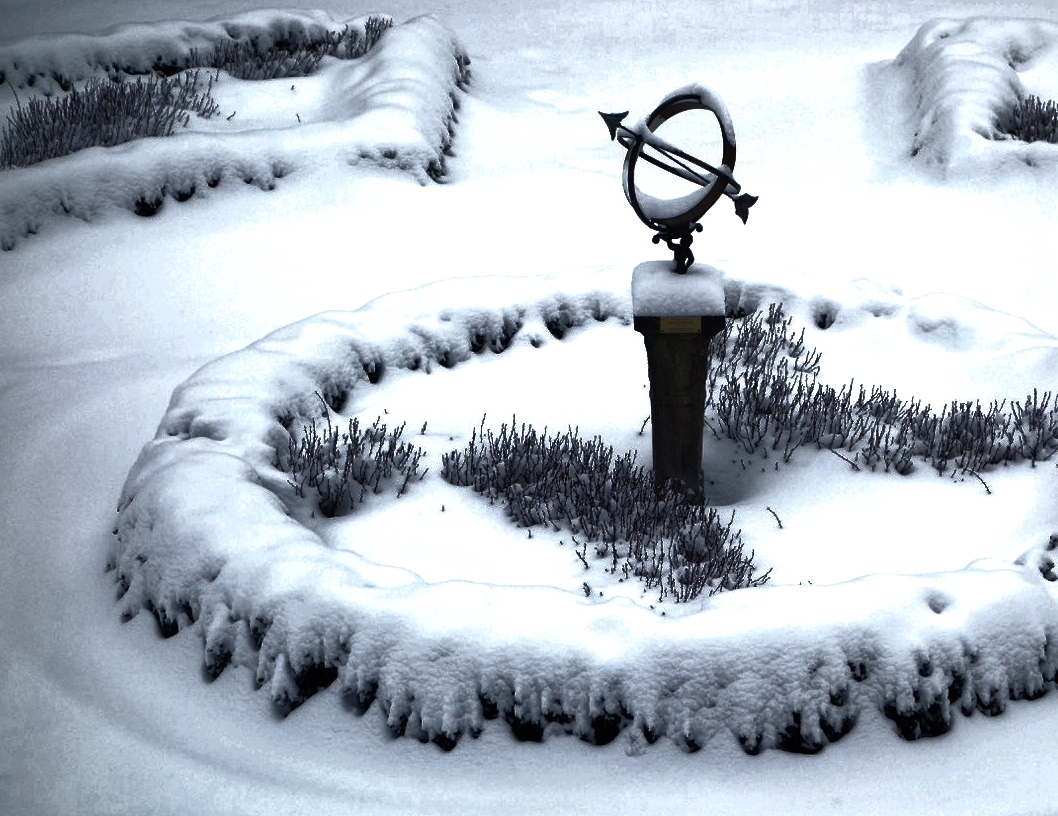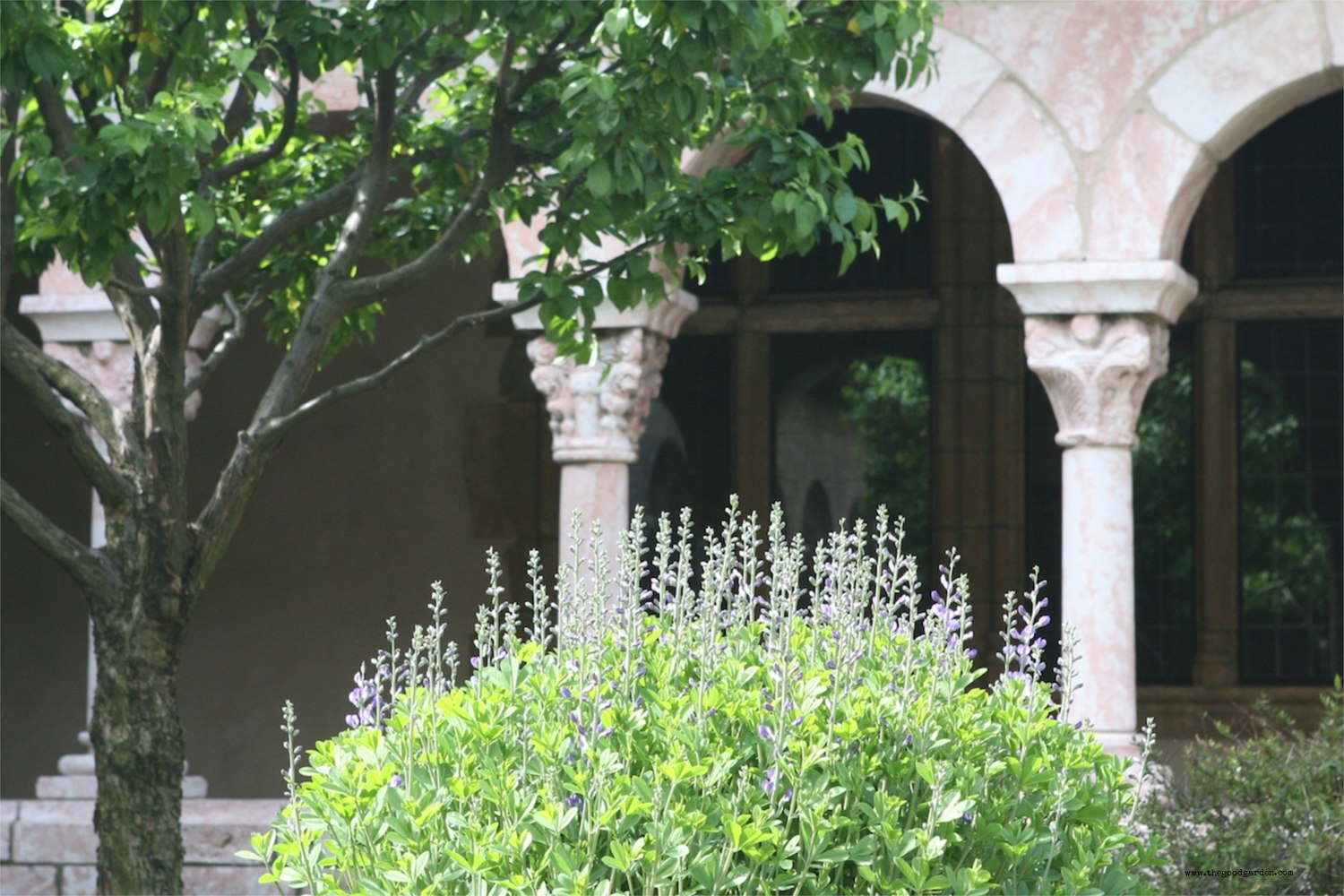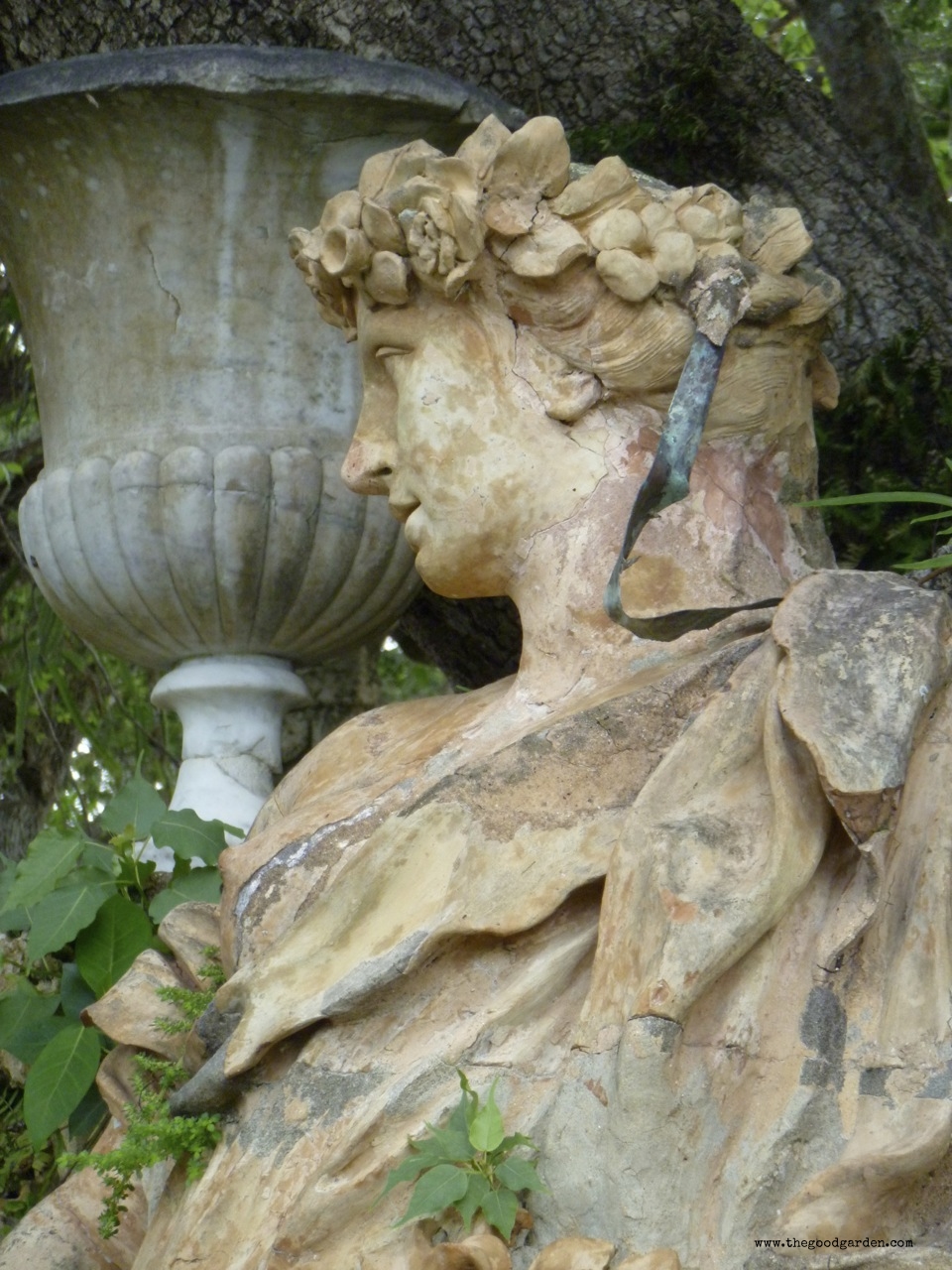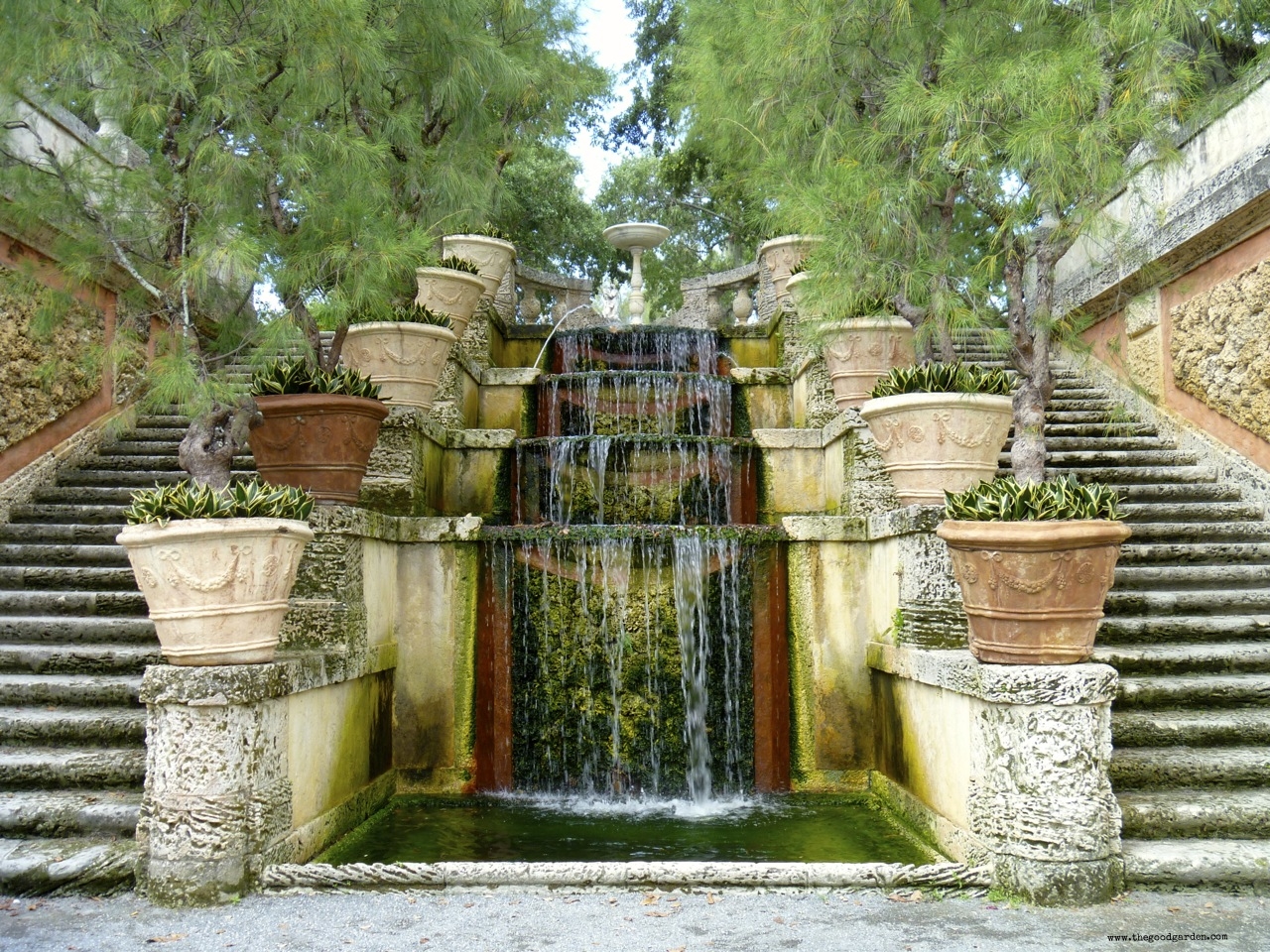Tudor England, a period that spanned 1485 to 1603, gave us William Shakespeare, English conquests in the New World, and the knot garden! This modern knot garden in Wisconsin creates a puzzle that delights even under a blanket of fresh snow...
Read MoreInspiration from the Cloister
Historic gardens are full of ideas. Cloister gardens remind us of the power of appealing to all of our senses.
Opportunities to see, hear, smell, and touch are easily delivered in the garden. Our fifth sense, taste, comes from herbs and edible plants that are often absent in purely ornamental gardens, but is an integral part of the traditional cloister garden.
In an article in Mother Earth Living, The Cloister’s museum former Associate Horticulture Manager, Deidre Larkin, said that in their gardens “We grow 250 to 325 [different] herbs…. Many of the herbs we value today were grown and used in the Middle Ages.”
In the Cuxa Cloister garden shown above, perennial herbs are planted in the ground and others, like rosemary and myrtle, are beautifully planted in pots. Thus making them easy to move into a sheltered space when the weather turns cold. These hand-made terra cotta containers are among my favorites. Their organic irregularity reflects the hands that created them, infusing them with character absent in machine made containers.
An herb garden in hand-made containers is the perfect way to channel the Medieval garden. Larkin suggests starting with mint, lemon balm, and comfrey. In northern climates, this is a perfect winter project.
For all their stiffness, Cloister gardens deliver quiet, sheltered spaces, and are unique in terms of engaging all of our senses.
Learn more about the the garden pictured above from a recent post here.
When money was no object
Greetings from Florida! As we recover from year-end shopping, travel, gift giving, and bills, let’s go back to a time when money was no object.
In 1915, American industrialist James Deering, of the International Harvester fortune hired Colombian landscape architect Diego Suarez to create Vizcaya, an Italian renaissance garden. Modeled after the original ones from 350 years earlier, Deering picked Key Biscayne outside of Miami, Florida for its setting. Suarez, a graduate of Florence's Accademia di Belle Arti, was an expert in historic Italian gardens and designed several famous gardens for the Anglo-American community in Florence. He brought his knowledge to bear in the design for Vizcaya. Part of the unique personality of this garden lies in Suarez's use of native plants within an Italian design framework, including oaks, royal palms, peach palm, elephant ear, and flowering lily.
No expense was spared in building Vizcaya. Trips to Europe involved visiting gardens for inspiration and meeting with antique dealers to collect original garden pots and statuary. During the height of construction, 10% of the population of Miami was employed on the project.
In the photos here we see the use of axes, symmetry, order, repetition, and water.
A visit to Vizcaya is well worth the time, especially in the winter months.
Best wishes to all for 2015!

